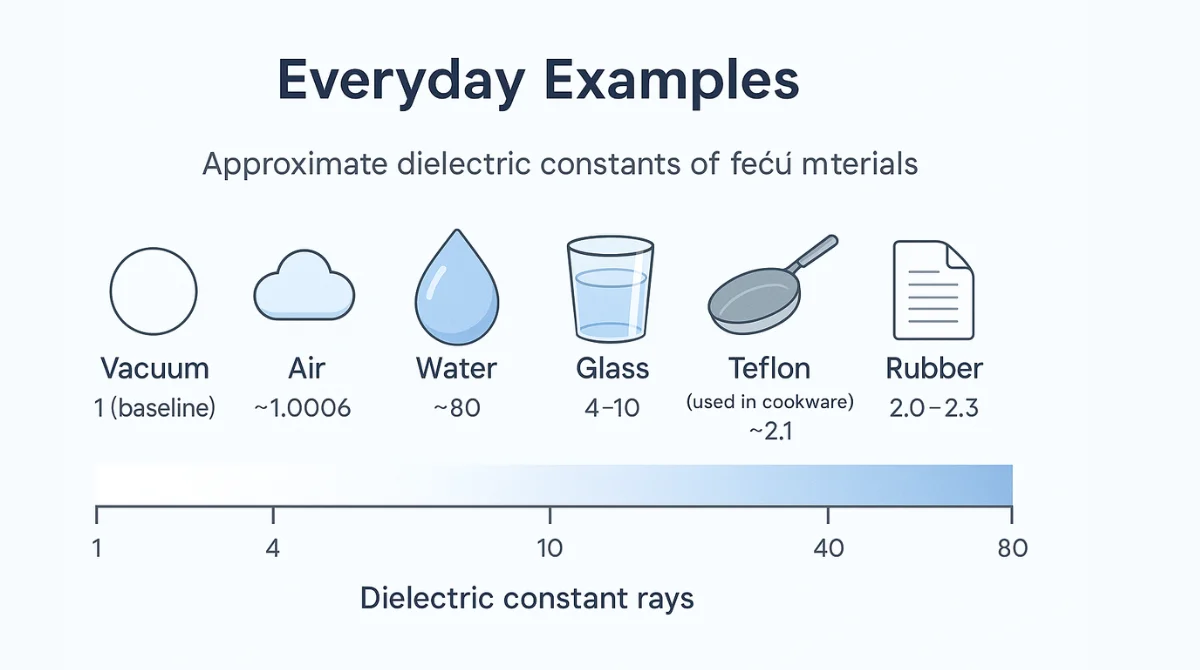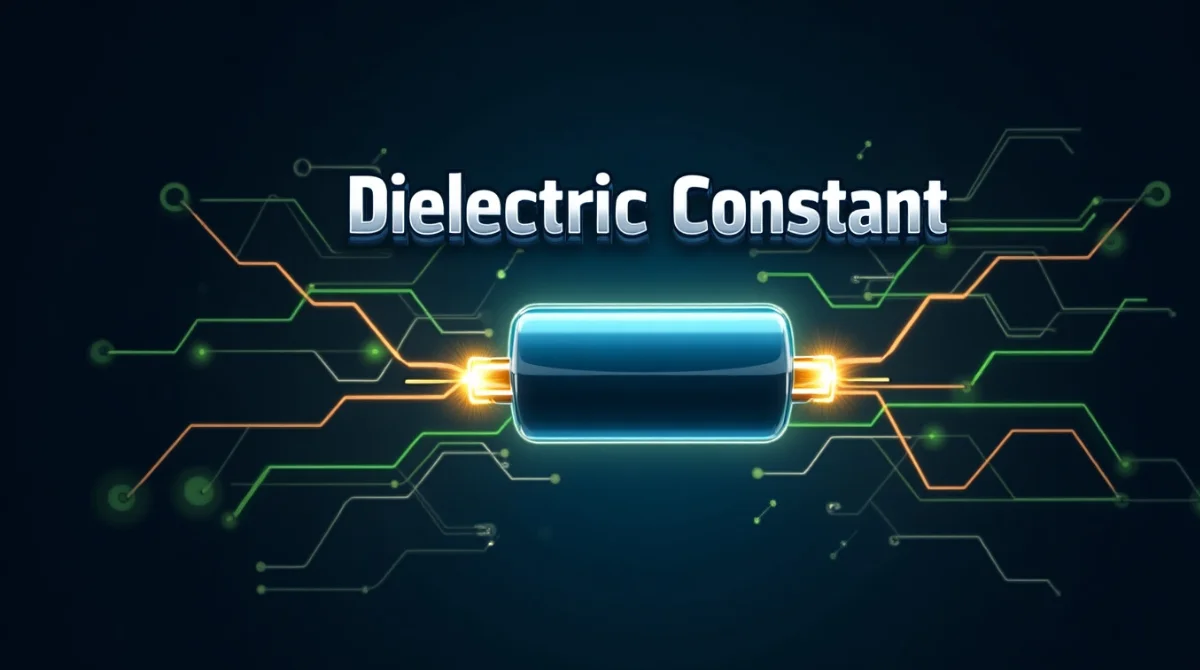In our daily lives, we often use electronic devices without considering the science behind their functionality. One such fundamental concept is the dielectric constant, a property of materials that plays a crucial role in electronics and various applications.
What Is Dielectric Constant?
A material’s capacity to retain electrical energy in an electric field is gauged by its dielectric constant, sometimes referred to as relative permittivity. Imagine placing a material between two charged plates; the dielectric constant indicates how much the material can reduce the electric field between the plates compared to a vacuum. In simpler terms, it’s a number that tells us how well a material can insulate and store electrical energy.
Is Relative Permittivity the Same as Dielectric Constant?
Indeed, the terms relative permittivity and dielectric constant are interchangeable in the majority of real-world scenarios. The amount of electric energy that a material can store in comparison to a vacuum is described by both terms. Scientists often use the term relative permittivity in technical or research settings, while dielectric constant is more commonly used in engineering and day-to-day discussions.
Here’s a quick comparison:
- Dielectric Constant: Often used in engineering, product datasheets, and electronics.
- Relative Permittivity: More precise scientific term used in physics and research.
Even though the names are different, both tell us the same thing how much a material can reduce the electric field and store energy.
Why Is It Important?
Understanding the dielectric constant is vital because it helps engineers and scientists select appropriate materials for various applications, ensuring efficiency and safety. Materials with different dielectric constants are chosen based on the specific needs of electronic components, insulation, and more.
Dielectric Constant Formula
To understand the dielectric constant in terms of a formula, let’s look at how it’s calculated.
The basic formula is:
εᵣ = ε / ε₀
Where:
- εᵣ is the dielectric constant (or relative permittivity)
- ε is the permittivity of the material
- Free space (vacuum) permittivity, or ε₀, is roughly 8.854 × 10⁻¹² F/m (farads per meter).
This formula tells us how many times more the material can store electric energy compared to a vacuum. For example, if a material has a dielectric constant of 4, it means it can store 4 times more electric energy than empty space under the same electric field.
This formula is often used in physics and engineering to compare and choose the right materials for capacitors, cables, insulators, and many other components.
Everyday Examples

The approximate dielectric constants of a few typical materials are as follows:
- Vacuum: 1 (baseline)
- Air: ~1.0006
- Water: ~80
- Glass: 4–10
- Teflon (used in cookware): ~2.1
- Paper: ~3.85
- Rubber: 2.0–2.3
These values indicate how each material interacts with electric fields, influencing their suitability for specific applications.
Factors Affecting Dielectric Constant
Several factors can influence a material’s dielectric constant:
- Frequency: At higher frequencies, the dielectric constant may decrease because the material’s molecules can’t align quickly enough with the changing electric field.
- Temperature: Generally, increasing temperature can increase the dielectric constant up to a certain point, after which it may decrease due to molecular agitation.
- Moisture Content: Materials absorbing moisture can exhibit higher dielectric constants since water has a high dielectric constant.
- Material Composition: The molecular structure and composition significantly impact a material’s dielectric properties.
Dielectric Constant Units
One interesting thing about the dielectric constant is that it has no units. It’s a dimensionless quantity, meaning it’s just a number without a specific measurement like meters or volts. This is because the dielectric constant is a ratio: it compares the permittivity (ability to store electric energy) of a material to the permittivity of a vacuum. Since it’s a ratio of two similar properties, the units cancel out, leaving a pure number.
So, when someone says that the dielectric constant of water is around 80, they mean it can store 80 times more electrical energy than a vacuum under the same conditions.
Applications in Daily Life
In a number of fields, knowing and applying the dielectric constant is crucial:
- Capacitors: Devices that store electrical energy use materials with suitable dielectric constants to maximize efficiency.
- Insulation: Electrical wires and components are insulated with materials having appropriate dielectric properties to prevent energy loss and ensure safety.
- Sensors: Dielectric materials are used in sensors to detect changes in environmental conditions like humidity or pressure.
- Microwave Ovens: They use dielectric heating, where materials with specific dielectric constants absorb microwave energy to generate heat.
- Printed Circuit Boards (PCBs): Materials with controlled dielectric constants are used to ensure signal integrity in electronic circuits.
Conclusion
The dielectric constant is a fundamental property that influences how materials interact with electric fields. By understanding this concept, we can appreciate the science behind the electronic devices and systems we rely on daily. Whether it’s in your smartphone, kitchen appliances, or the electrical wiring in your home, the dielectric constant plays a pivotal role in ensuring these technologies function effectively and safely.
Related Topic: What Is a Conductor? Uses, Types & Examples



